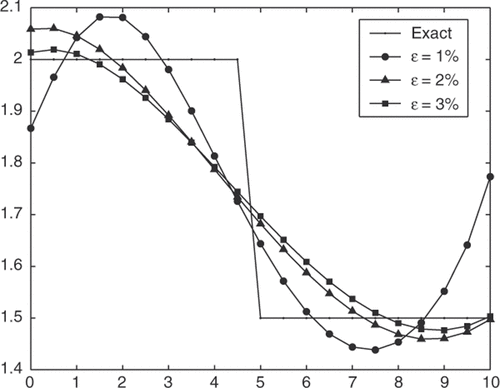Figures & data
Figure 2. The boundary identification problem for solution domains Ω. Dots (•) are collocation point for boundary data. Circles (○) represent source points.
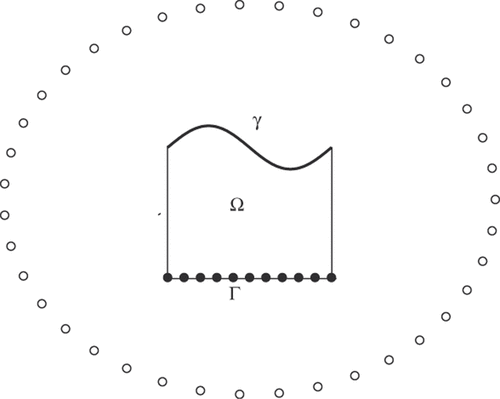
Figure 3. (a) Numerical solutions of the unknown boundary s(x) for Example 1 with 1% noise added into the data; (b) the corresponding GCV function.

Figure 4. The condition number, Cond(A), as a function of the number of source points l with n = l (a) for Example 1; (b) for Example 2.

Figure 5. The exact solution and its approximation with various levels of noise added into the measured data. (a) Example 1; (b) Example 2.

Table 1. The regularization parameters  and the rel with various levels of noise added into the data for Example 1.
and the rel with various levels of noise added into the data for Example 1.
Table 2. The regularization parameters  and the rel with various levels of noise added into the data for Example 2.
and the rel with various levels of noise added into the data for Example 2.
Figure 6. The error between the exact solution and its numerical solution with the exact Cauchy data for Example 1. (a) LS method; (b) TR method.
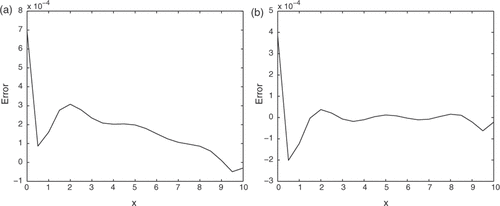
Figure 7. (a) The exact solution and its approximation with various levels of noise added into the measured data; (b) the error between the exact solution and its numerical solution by noise-free data for Example 3.
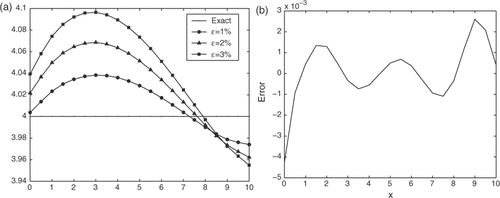
Figure 8. Relative error for TR+GCV with (a) various levels of noise, ε; (b) various radius of source points, r.
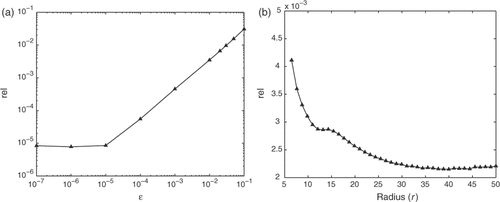
Figure 9. Relative error rel for TR + GCV obtained by using exact data, as a function of the number of source points l with n = l (a) for Example 1; (b) for Example 2.
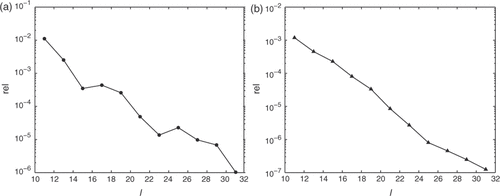
Figure 10. The exact solution and its approximation for Example 4 with various levels of noise added into the measured data.
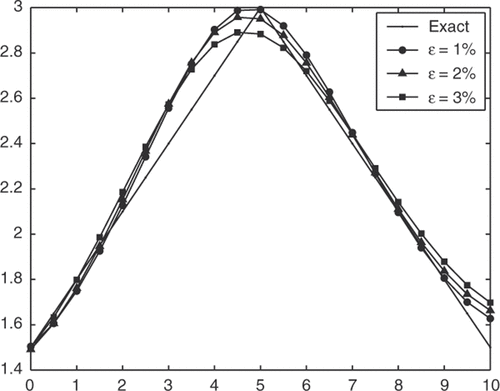
Figure 11. The exact solution and its approximation for Example 5 with various levels of noise added into the measured data.
